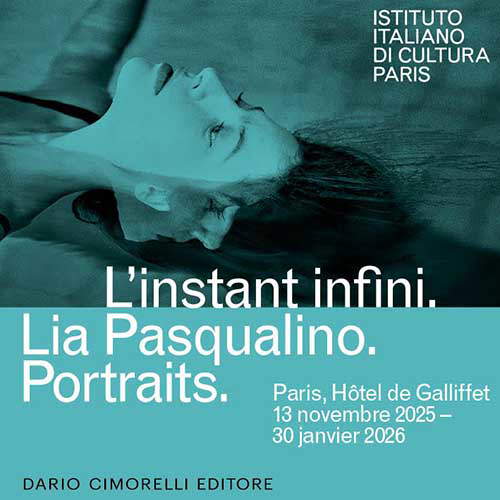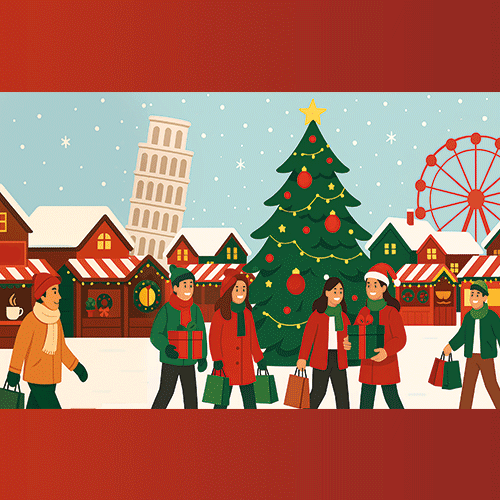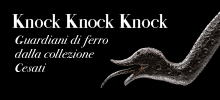
Ghent, a journey among the Flemish Masters and the wonders of the city
Ghent is one of the most fascinating cities in East Flanders, an artistic crossroads where the past and present dialogue. From the masterpieces of the Van Eyck brothers to the charm of Van Dyck and Rubens, among churches, museums and urban art, the city reveals itself with its art wonders.
By Redazione | 24/09/2025 18:45
Ghent is one of the most beautiful cities in East Flanders, Belgium, and is a place where artistic history can be felt at every corner: in churches, squares, museums, contemporary galleries,. Here ancient artistic heritage coexists with the most modern forms of expression, and public art is an integral part of urban life. It is a city in which historic museums, contemporary collections, and urban art interventions dialogue and make Ghent a great open-air art laboratory. A key crossroads for art history, it hosts a "Masters of Ghent Tour" that illustrates the masterful fusion of historical legacy and artistic innovation in the heart of Flanders, and is an unforgettable journey through time, an experience in which the art and history of Flanders are masterfully intertwined. As you move through this city, you have the opportunity to admire key attractions, from the impressive Gothic architecture of St. Bavon's Cathedral to the works on display in historic churches such as Savior's and St. Michael's, where you can find paintings by the likes of Antoon van Dyck.
The highlight of this extraordinary artistic itinerary is undoubtedly the Polyptych of the Mystical Lamb, a masterpiece that marked a fundamental turning point in the history of art thanks to the genius of the Van Eyck brothers, moreover recently restored. But Ghent also offers more. One can stroll through the narrow streets surrounding the ancient Castle of the Counts of Flanders or take a relaxing boat trip on the River Leie, thus offering countless opportunities to make the Masters Tour a truly exceptional experience.
The first stop on this historical tour takes us directly to St. Bavon Cathedral, a place that welcomes visitors for a close encounter with a work that has shaped the world history of painting: the aforementioned Adoration of the Mystic Lamb. This painting is considered essential for any art lover, since it introduced a decisive turning point in Western painting. The beginning of the creation of this work is due to Hubert van Eyck; following his death, it was then his brother Jan who completed it. Jan van Eyck not only completed the work but also perfected the technique of oil painting, resulting in a masterpiece of unparalleled mastery. When confronted with this work, the viewer is seized with awe at the wealth of detail: the landscapes rendered with incredible depth, the almost encyclopedic depiction of nature that includes hundreds of figures, the optical illusion that mimics sculpture, the masterful handling of light, and a myriad of astonishing details. However, Jan van Eyck is not the only great Flemish master whose works are housed in St. Bavon Cathedral. The cathedral also houses the Conversion of St. Bavon, also known as the Arrival of St. Bavon, painted by Pieter Paul Rubens. In addition, the cathedral's crypt houses the tombstone of Hubert van Eyck.
An interesting detail is that St. Bavon's Cathedral is located right next to the Maaseikplein, a park in the heart of the city. Here, visitors can observe live as many as seventy-six different species of native plants and herbs that were meticulously depicted within the Mystic Lamb. For those who prefer to explore Ghent by bicycle, the Cathedral is easily accessible: the "Cycling for Ghent" bike route passes right in front of the building. The larger route, "Flanders' Finest," guides cyclists through the entire historic city, also including wonderful natural areas such as the Bourgoyen-Ossemeersen and the Gentbrugse Meersen.
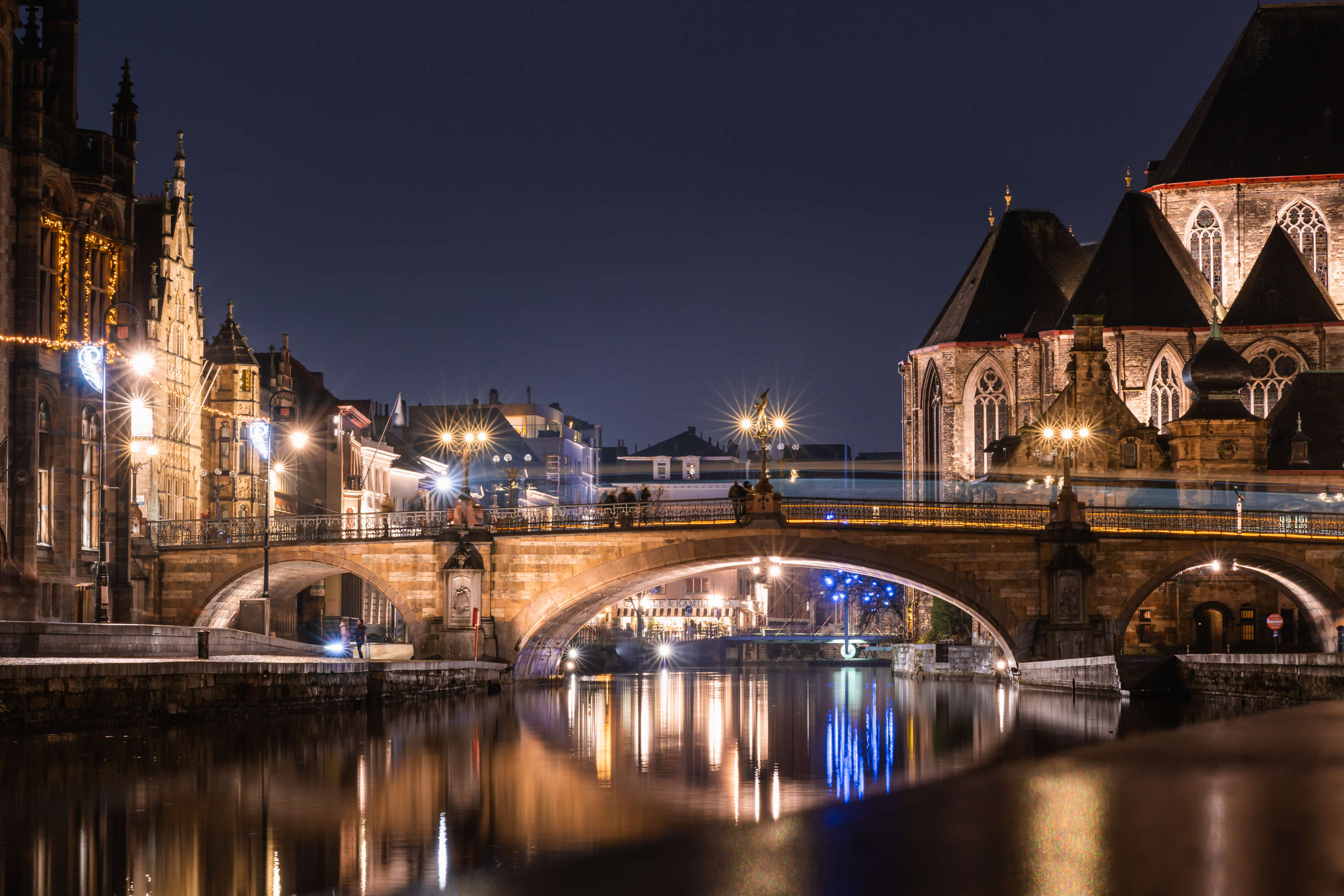

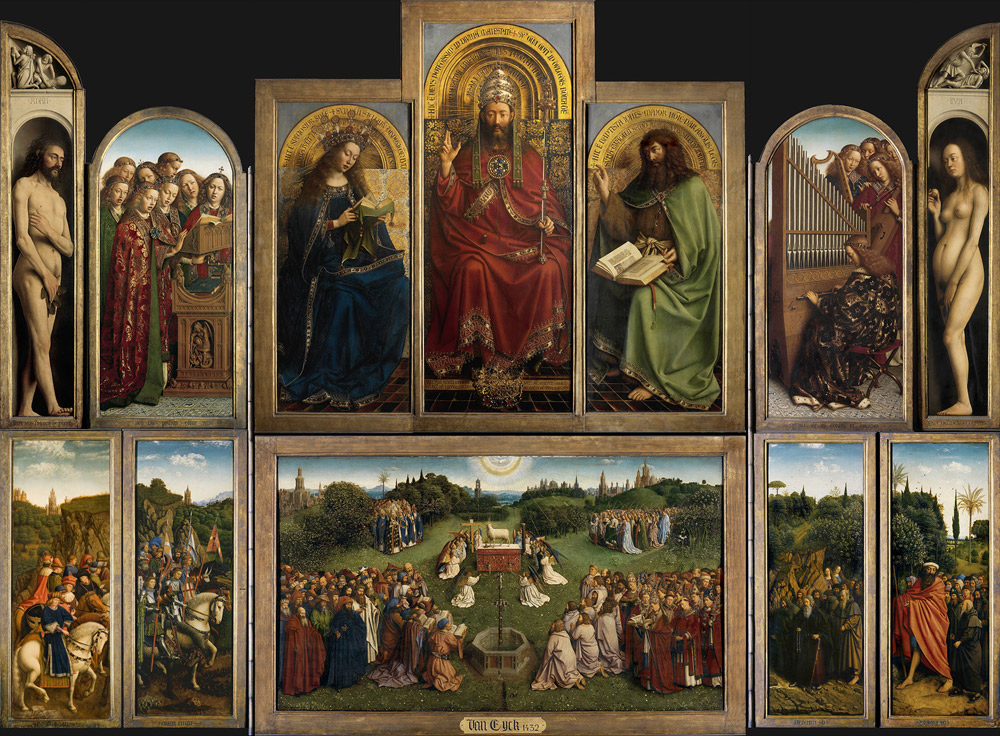

Continuing the tour, we come, skirting the Graslei, the spectacular monumental quay on the River Leie, to St. Michael's Church, a place that pays tribute to an artist whose precocity is often placed alongside Rubens: Antoon van Dyck. Van Dyck played a key role in defining the Baroque aesthetic, and his influence is clearly visible in the church. His work exhibited here possesses all the distinctive elements of Van Dyck's Baroque: a strong sense of drama, deep emotion, and a brilliant painterly touch. His Christ on the Cross is universally recognized as a masterpiece of Flemish art. In it, Van Dyck achieves a sublime balance, combining a composition of great visual simplicity with the expression of extreme emotions: the physical suffering of Christ blends with the excruciating pain of Mary, John, and Mary Magdalene, contrasted with the cruelty manifested by the soldiers. The emotional impact of the scene is amplified by the color contrast between the drama of the looming dark clouds, the almost ethereal pallor of Christ's body, and the more vivid colors of the bystanders.
A few minutes' walk from St. Michael's is the Groentenmarkt. For food lovers, this is the focal point for discovering two of Gent's most famous local delicacies. Here, at the stalls, you can in fact taste the delicious cuberdons, also known as "Gentse neuzekes" (Gent's little noses). These unique treats are filled with a delicious raspberry syrup. The second specialty found at Groentenmarkt is the artisanal mustard produced by Tierenteyn-Verlent. The recipe for this renowned mustard dates back to the mid-19th century. Its fame is such that even the writer Willem Elsschot was a great admirer of it, dedicating a famous "ode to mustard" to this historic store.



Continuing the itinerary, one encounters the Church of the Savior, known locally as the "boatmen's church." This nickname comes from its historical function: having become a gathering place for the Ukrainian Greek Catholic community in Ghent since 2018, it was previously the site of masses for the families of local boatmen. It is no coincidence that the prow of a ship is displayed in the square in front. Inside, the frescoes on the choir walls are in the Neo-Byzantine style. Théodore Canneel, a painter and academy director originally from Ghent, created the radiant starry sky and the monumental Blessing Christ, which reaches five meters in height. After a restoration completed in 2017, this colorful work has returned to its full glory. The "boatmen's church" is located in the vicinity of theOude Dokken, Gent's ancient harbor, an area that was once a hotbed of industrial and commercial activity. To learn more about this effervescent history, you can visit the Museum of Industry (Industriemuseum).
You then reach St. James Church, a singular place where Romanesque architecture and Baroque elements coexist in harmony. One piece of art worthy of special attention is the triptych illustrating the three crucial moments in the life of Christ: the birth, crucifixion, and resurrection. Michiel Coxcie, nicknamed the "Flemish Raphael" (he was one of the artists who imported the Italian Renaissance to the southern Netherlands), painted the Crucifixion in 1579. In this work, Coxcie portrayed the abbot and gave his own likeness to the risen Christ. Much later, Jan van Cleef added the foreground scenes on the side panels. The surroundings of St. James Church come alive every weekend with the secondhand and antiques market, making Ghent the ideal destination for those looking for vintage, designer and antique items. Also nearby is the Van Eyck Pool, the oldest indoor swimming pool in Belgium, which boasts a stunning art deco decoration. As the name suggests, the pool pays homage to the two famous Flemish Masters.

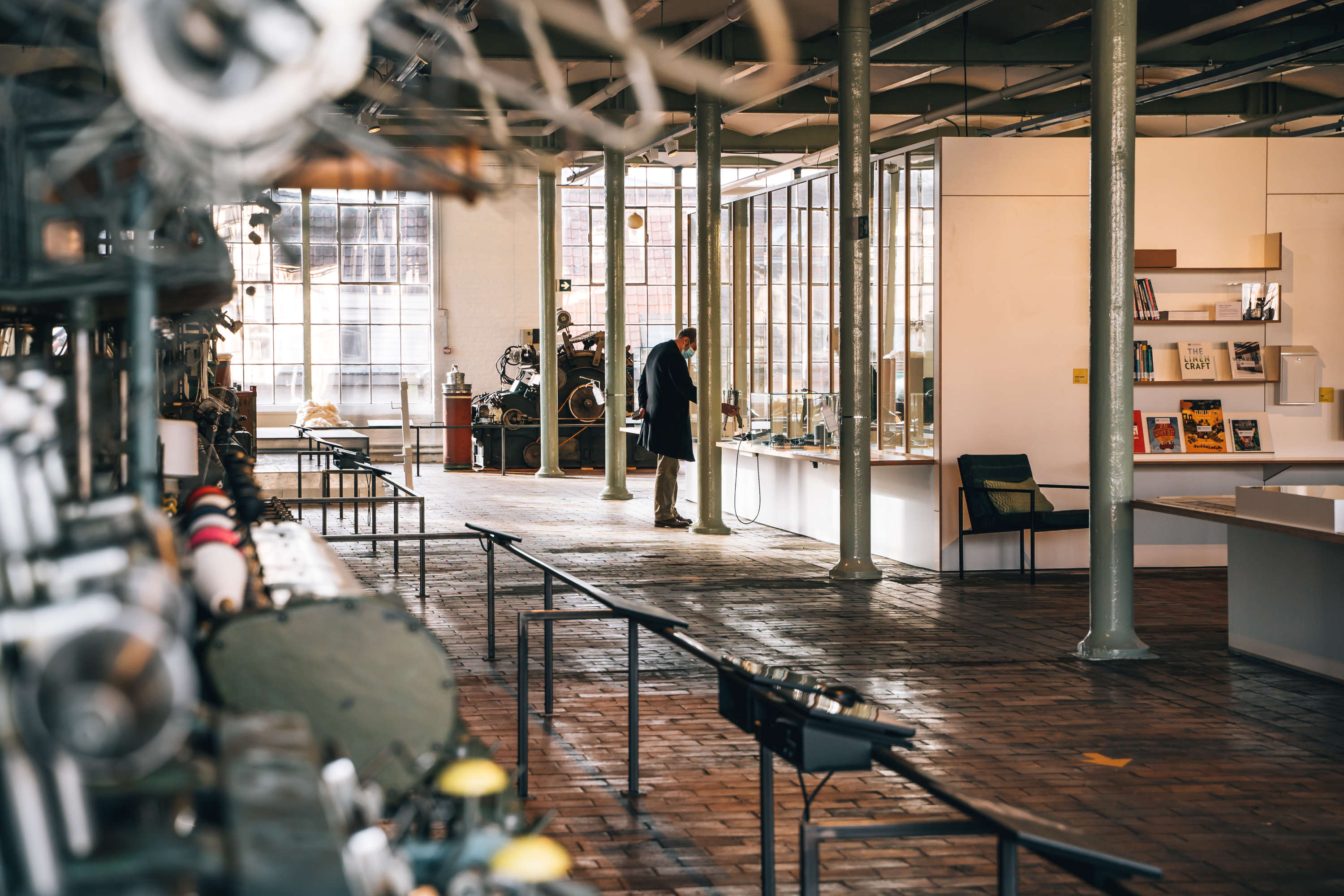

We then continue to the Little Beghinage of Our Lady ter Hoyen, the best-preserved pre-French Revolution beghinage. This "Little Beghinage" was established in 1235 by the Countess of Flanders. Behind the long facade that lines the street are a Baroque church, about a hundred houses, and a vast meadow, which once served as a cemetery. Inside the Baroque church, the most prominent feature is the polyptych created by Lucas II Horenbout in 1596. The work illustrates a complex symbolism: the blood of Christ's five wounds first flows into the Fountain of Life and then, through angelic heads, pours into the Fountain of Mercy. To this second source is added the blood of the martyrs. On earth, believers, led by the Pope, offer their hearts in exchange for a few drops of this holy blood.
It is important to remember that the city of Ghent originally developed from two separate monastic sites: theAbbey of St. Bavon and theAbbey of St. Peter. The picturesque ruins of St. Bavon's Abbey, once the city's vital center, are well worth a visit. Volunteers from the Buren van de Abdij Association are available to provide useful information and historical insights. In contrast, the lush garden of St. Peter's Abbey, complete with fruit trees and an idyllic vineyard, provides an ideal place to regain calm and catch your breath. If you have extra time, the medieval wing of the refectory is not to be missed, as are the prestigious exhibitions that are regularly held inside the abbey. A short distance from St. Peter's Abbey is STAM, the Museum of the City of Ghent, where you can immerse yourself in fascinating urban history. A visit to the museum begins with the impressive medieval frescoes kept in the refectory of the 14th-century Bijloke Abbey.





Ghent is not limited only to traditional Flemish Masters; for those more inclined toward contemporary art, the Graffiti Street offers unexpected surprises. Also, just across the River Leie, stands the magnificent Castle of the Counts of Flanders. The history of this moated fortress is deeply and tumultuously linked to that of the city itself. And again, on the Emile Braunplein, for example, one can admire George Minne's Kneeling Fountain. The plaster original of this sculpture is kept at the Gent Museum of Fine Arts (MSK Gent), the oldest museum in Belgium, which houses a vast collection of paintings and sculptures ranging from the Middle Ages to the first half of the 20th century and is another must-see stop in the city. Those who appreciate contemporary art will also find the Herbert Foundation, housed in a beautifully renovated industrial building, the place to be. This private foundation exhibits international avant-garde art covering the period from the 1970s to the 2000s.
Finally, if you want to expand your search for the Flemish Masters, you can follow the Leie River in the direction of its source to discover the painters of the famous Latem School. The "Masters along the Leie" tour includes, among other stops, Atelier Martin Wallaert, the home of the last surviving representative of this school. At the Gevaert Minne Museum, one of the best-known works from this fascinating period, De Papeter by Gustave van de Woestyne, can be seen up close. The house of artist Gust De Smet now houses the Gust De Smet Museum, and the little church of St. Martin in Sint-Martens-Latem displays works by artists such as Gustave van de Woestyne and George Minne. Ghent and its surroundings offer a full immersion in the historical and artistic richness of Flanders, an experience that goes far beyond the confines of its buildings.


